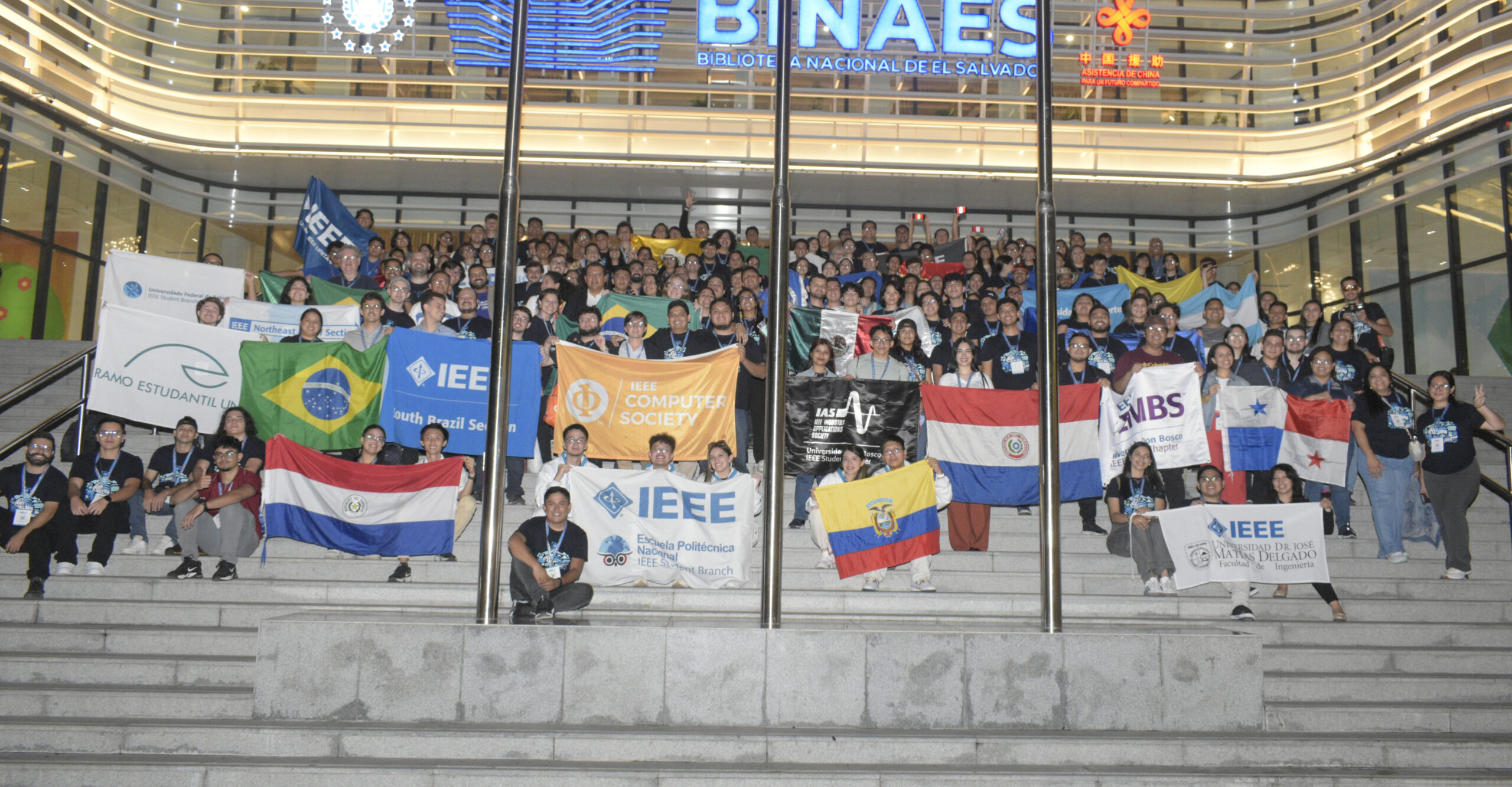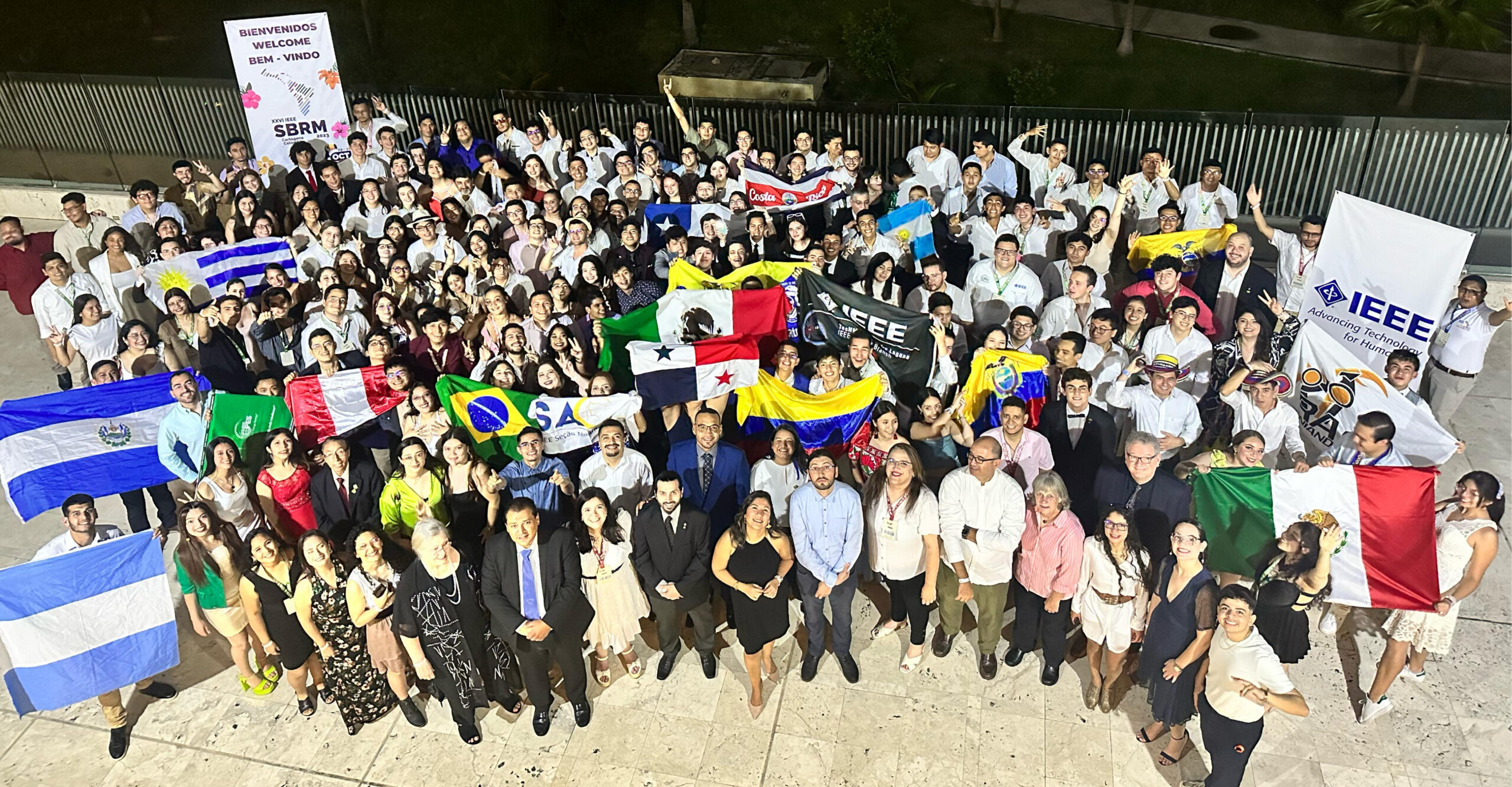IEEE BRANCH EMPOWERMENT INITIATIVE (IBEI) PROGRAM
Create or reactivate A Student Organizational Unit
STEPS FOR CREATING OR REACTIVATING A STUDENT BRANCH / STUDENT BRANCH CHAPTER OR STUDENT BRANCH AFFINITY GROUP
- Understanding IEEE and its benefits: Learn about IEEE and the advantages of being a member.
- Creating a Student Branch: Review the specific requirements needed to establish a new student branch.
- Reactivating a Student Branch: Understand the criteria and steps necessary to reactivate an inactive student branch.
- Completing the questionnaire: Get tips for effectively answering the questionnaire and see examples of successful applications. *Important
- IEEE Geographic Unit Formation Policies and Petitions: Familiarize yourself with the policies and procedures for forming an IEEE geographic unit.
Program IBEI 2024
Before joining the Institute of Electrical and Electronics Engineers and related to start the process of creating the student branch, know what the benefits of being part of IEEE, and what tools, applications, and funding you can access with your membership.
BLUEPRINT FOR SUCCESS
Step-by-Step Guide to Building Your IEEE Student Branch, Chapter, or Affinity Group.
Step 1: Define the Mission and Objectives
- Brainstorming Activity: Organize a brainstorming session with founding members.
- Key Questions: What do we want to achieve? What is our main purpose? How can we align our objectives with those of IEEE and our institution?
- Mission Statement Drafting: Based on the answers, draft a concise mission statement reflecting the values and goals of the branch.
- Goal Setting: Define clear and measurable goals that the branch aims to achieve in the short, medium, and long term.
Step 2: Create the Organizational Structure
- Role Identification: Determine necessary roles for the efficient functioning of the branch (president, secretary, treasurer, etc.).
- Role Descriptions: For each role, outline specific responsibilities and required skills.
- Election or Assignment Process: Decide how members will be selected for these roles (elections, nominations, etc.).
Step 3: Plan Activities and Events
- Planning Session: Conduct a meeting to discuss and propose activities and events.
- Event Calendar: Establish a tentative calendar, considering important dates, resource availability, and other institutional events.
- Detailed Planning: For each planned event or activity, assign responsibilities and define steps for its execution.
Step 4: Establish Internal and External Communication
- Communication Tools: Choose suitable platforms and tools for internal communication (such as chat groups, email, etc.) and external communication (social media, newsletters, etc.).
- Communication Plan: Develop a plan to regularly communicate updates, meetings, and events to both members and the external community.
Step 5: Financial Management
- Initial Budget: Create an initial budget detailing expected income (membership fees, sponsorships, etc.) and expenses (events, materials, etc.).
- Financial Record Keeping: Establish a system to track all financial transactions. Spending Policies: Define policies for expense approval and reimbursements.
Step 6: Leadership Development and Training
- Training Plan: Identify resources and opportunities for leadership and management skill development, such as workshops, seminars, and online courses.
- Mentorship and Support: Consider having mentors or advisors who can provide guidance and support to branch leaders.
Step 7: Evaluation and Feedback
- Feedback Mechanisms: Implement ways to gather feedback and suggestions from members, such as surveys or suggestion boxes.
- Regular Evaluations: Schedule regular evaluations to review progress towards goals and make adjustments as needed.
Step 8: Compliance with Regulations
- Knowledge of Regulations: Ensure all members are aware of IEEE and institutional policies and regulations.
- Documentation and Records: Maintain up-to-date records and documentation of all branch activities and operations.
If you are not sure about the requirements to create a student branch, or if you already had one at your university and the process is for reactivation, here we explain how to proceed!
New student branches in Region 9

New Students affinity Groups in IEEE Region 9 2024

New Students Chapters in IEEE Region 9 2024






















































